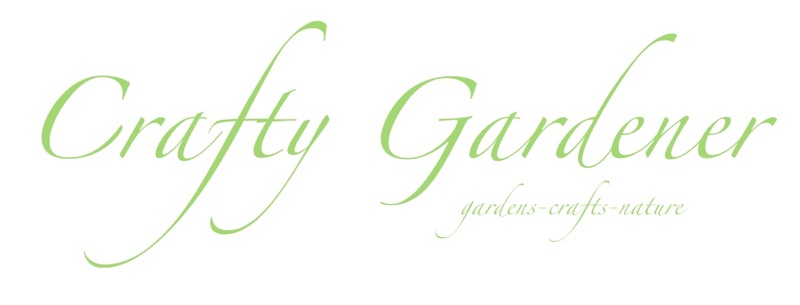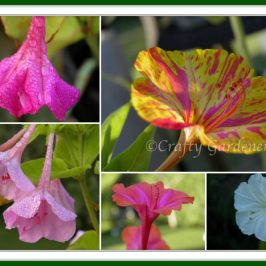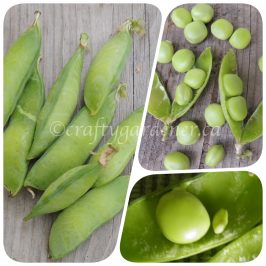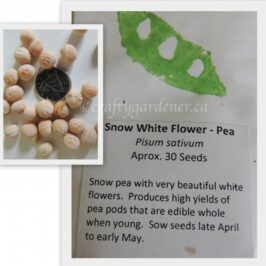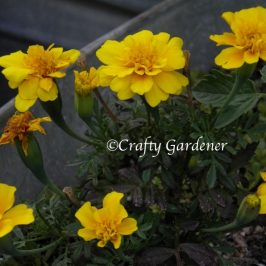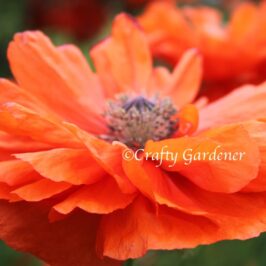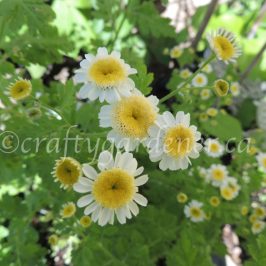Tiny seeds can grow into beautiful things.
It is just barely spring time, by the calendar, and that means it’s time to start thinking about sowing seeds (inside for some, but outside for others). Most seeds can be started inside about 6 weeks before the last frost date. Be sure to check when yours is.
Seeds are the promise of growing something delicious or something beautiful.
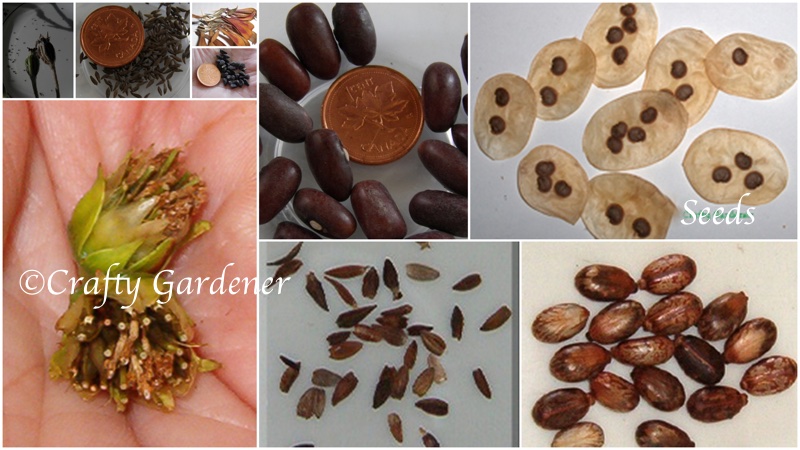
It always amazes me at the plants that grow from tiny seeds. I love photographing the various stages of seeds, seedlings, plants, blooms and fruit. If you are looking for information about a specific seed you just might find what you are looking for on my seed pages.
Soil is important for seed starting and you can buy commercially prepared seed starting mix or you can mix your own. What you use is entirely up to you
Some seeds require soaking before planting, especially those with a hard outer cover. Soaking in warm water will help them to germinate faster. I read a hint somewhere that if the seeds floats to the top it won’t germinate for you and you should just toss it out. Well, I wouldn’t toss it out, I would put it on the bird feeding table. Anyone know if that hint is a true one?
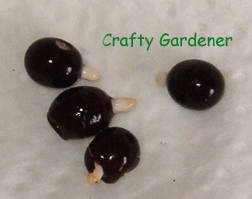
Scarification is the scraping or piercing of a seed that has a very hard shell. I know when I tried to grow canna from seed I had to drill a small hole in the seed shell as it was so-o-o hard. The above photo shows some canna seed that has gone through some scarification, soaked in warm water and sprouting out ready to plant.
Stratification is the storage of some seeds in a very cool place, like the fridge. This mimics the cold season that a seed would go through if left outside. I very often use Nature’s way of winter sowing and spring seeds around the main plant in the fall and just let them do their own thing. I very often end up with lots of volunteer plant
If you are like me you are always collecting seeds. In fact I think I’m obsessed with collecting seeds. It must have to do with the fact that I hate to waste anything. And I can’t stand the thought of deadheading flowers and tossing them on the compost pile. First because I don’t want all those seeds sprouting up in the compost and second because every seed head has lots of potential for new plants.
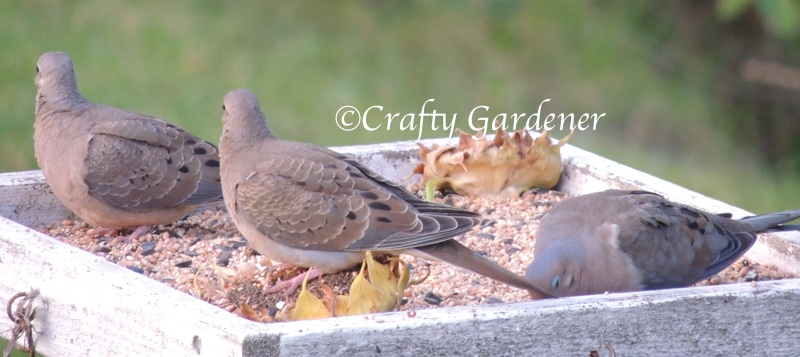
But if you don’t want any more plants and you aren’t giving the seeds away you can always put the seeds on your bird feeder and see what feathered friends stop by for a snack.
When I first deadhead the plants, I toss the seeds and sometimes seedheads into plastic containers (yogurt, margerine, ice cream etc.). They can stay there till they dry out. Each container is labelled because my memory isn’t what it used to be and after awhile a dried out seed head tends to look like another. I also use egg cartons to separate seeds into types and colours.
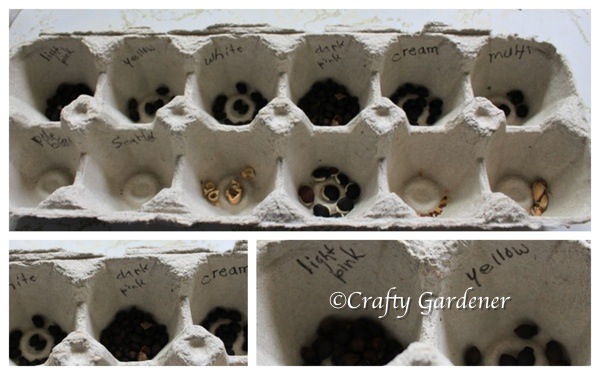
Once dried out I remove as much chaff as possible, and transfer them to my filing system. This comprises a 4 quart basket and recycled envelopes. I open my mail on the edge of the envelope and then it can be re-used again. I told you I was a recycler. Print the plant name on each envelope and file alphabetically. This makes it easier to find certain types of seeds when it gets to be planting time.
This might not be the prettiest way to store seeds, but it sure works for me. Over the winter this container is stored under the lower stairs in the wall cupboard, where it is cooler but not freezing.
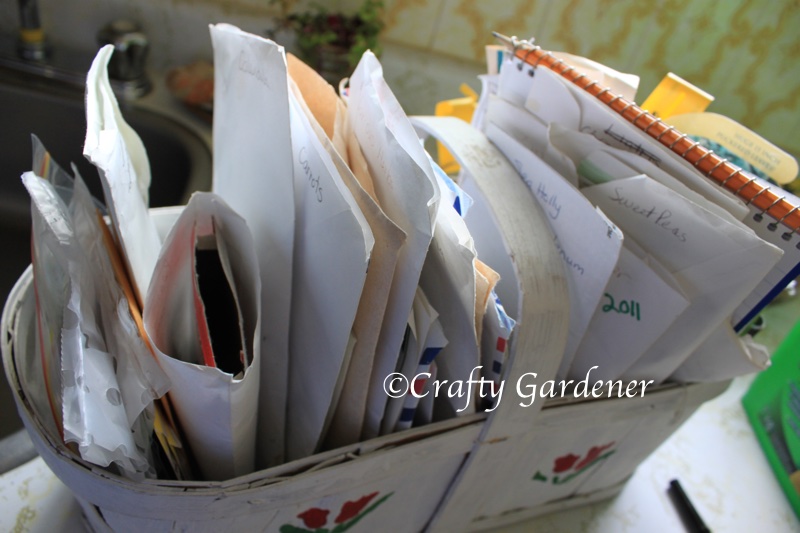
At this time of the year I get out the seed basket and sort through it, seeing what I want to keep, what is to give away and what might go on the flat bird feeder. I make a list of the new seeds I want to purchase or swap with other gardeners.
I sort out the extras and package them up in small zip lock bags, label them and take them along to a Seedy Saturday. I have a collection of seed labels and seed packets that are all great for seed swaps. These have photos from my garden and a brief description of the seed inside.

Seedy Saturdays are beginning to happen across the country. Have a look and see if you can find one in your area. These days are a chance to purchase seeds, exchange seeds, and get gardening advice. And they are a great way to network with other gardeners who are growing plants in your own gardening zone.
From tiny seeds you can grow nourishment and beauty.

Do you save seeds for sharing, swapping and growing?
